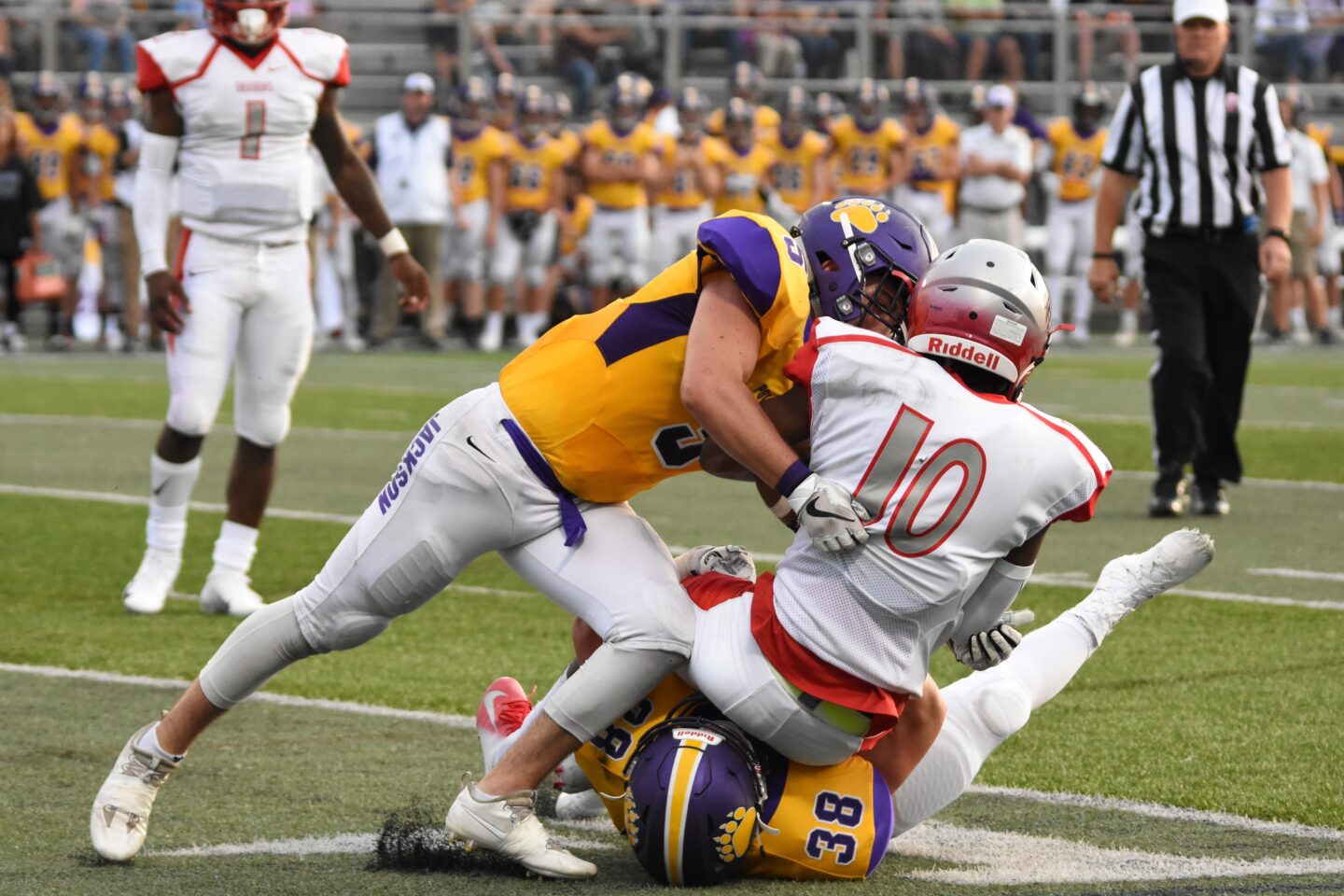"Back To The Basics" With Concussions

Over the past decade, there has been a significant increase in research published regarding concussions. This information has allowed care providers to better understand the pathophysiology and natural history of concussions. Treatment protocols have also been published to assist care providers in the management of concussions.
As with anything, with this increase in published information, there is a corresponding increase in misinformation and/or poor quality research. This has lead to conflicting information and confusion for both the health care provider and the patient.
Given this, we have decided to clear up some of this confusion in regards to concussions by getting “back to the basics". Here is what we will cover:
- What is a Concussion?
- What is the Natural History of a Concussion?
- Why do the Symptoms Persist?
- Things to Consider When Reading Concussion Literature.
What is a Concussion?
There are several definitions out there but here are two well-supported definitions. The first one is from the American Sports Medicine Position Statement. The second is from The Consensus Statement of Concussion in Sport - the 5th International Conference on Concussion in Sport.
“Concussion is defined as a traumatically induced transient disturbance of brain function and involves a complex pathophysiologic process. Concussion is a subset of mild traumatic brain injury that is generally self-limited and at the less severe end of the brain injury spectrum.” Harmon 2013.
“Sport related concussion (SRC) is a traumatic brain injury induced by biomechanical forces. Several common features that may be utilized in clinically defining the nature of a concussive head injury include:
- SRC may be caused either by a direct blow to the head, face, neck or elsewhere on the body with an impulsive force
 transmitted to the head.
transmitted to the head. - SRC typically results in the rapid onset of short-lived impairment of neurological function that resolves spontaneously. However, in some cases, signs and symptoms evolve over a number of minutes to hours.
- SRC may result in neuropathological changes, but the acute clinical signs and symptoms largely reflect a functional disturbance rather than a structural injury and, as such, no abnormality is seen on standard structural neuroimaging studies.
- SRC results in a range of clinical signs and symptoms that may or may not involve loss of consciousness. Resolution of the clinical and cognitive features typically follows a sequential course. However, in some cases symptoms may be prolonged.
The clinical signs and symptoms cannot be explained by drug, alcohol, or medication use, other injuries (such as cervical injuries, peripheral vestibular dysfunction, etc) or other comorbidities (eg. psychological factors or coexisting medical conditions).” McCrory 2017
What is the Natural History of a Concussion, or
Will the Concussion Go Away?
As the two definitions above imply, a concussion is generally short lived. The consensus guideline actually states that the majority of adults return to their normal activity within 2 weeks and children within 4 weeks. While returning to activity and symptom resolution are different entities, the consensus guidelines also make it clear that ongoing symptoms are not likely a result of a brain injury. Rather, the persistent symptoms are due to other conditions or factors.
For a review of the initial treatment principles for a concussion click here.
How a Concussion Feels
If you have ever played contact sports you likely know what it feels like to “have your bell rung”. As you experienced, concussion symptoms can include, but are not limited to:
Click here for a Symptom Checklist that you can use to monitor patients' symptoms over time. It is worth remembering that these symptoms are not exclusive to concussion. They are also seen with other conditions affecting the neck, inner ear, one’s mental health, etc.
There is actually an interesting study by Sawchyn (2000) that found with a general college student population (who did not sustain a concussion) 27% experienced headaches, 14% dizziness, 53% fatigue, 30% irritability, 23% noise sensitivity, 18% memory problems, and 40% concentration problems.
Why do the Symptoms Persist?
If there are ongoing symptoms, for adults after the initial 10-14 days here are some possible factors:
-
An undiagnosed vestibular problem affecting the inner ear.
Dizziness is one of the most common symptom after a concussion and can be due to multiple factors which include the inner ear.
-
An undiagnosed problem affecting the neck.
At North 49 we frequently see individuals who have been diagnosed with a concussion and determine that the ongoing symptoms were due to neck issues. Once the neck issues were addressed, the symptoms resolved.
-
Anxiety or some other mental health condition.
Factors such as stress or anxiety need to be considered, whether it be related to the concussion, pre-existing, or both. Mental health conditions are also common where there is persistent symptoms with any condition. If mental health is a factor, pharmacological and/or counselling may be warranted.

-
Poor sleep or change in sleep schedule.
-
Deconditioning from activity avoidance.
The consensus guidelines indicate that there are no clear parameters for the prescription of rest after a sports related concussion. What we have seen clinically is that continued activity avoidance, especially after the initial 10-14 days can cause deconditioning and further increase the symptoms.
Another thing to consider is that if you deprive someone, especially an athlete, of activity there will be a loss of endorphin release which will lead to vague symptoms of not feeling well.
On the other hand, we have seen those with persistent symptoms that are likely due to a sensitized nervous system. These individuals required extensive education, reassurance and a gradual return to activity over an extended period of time. The brain is plastic, but sometimes it takes time to recalibrate it.
An interesting side note that fits into this section is at the time of writing this blog my son had a recent concussion. He was recovering well only to hit a plateau with his progress once he started practicing with equipment on. After a few days they figured out that the headaches that occurred during practice where not related to the concussion, but rather the improper fit of the new helmet he was wearing.
3 Things to Consider When Reading Concussion Literature
As previously indicated, the quality of published information varies greatly. Therefore, consider the following when reading on any topic:
- The strength of the study.
- Sample size: large or small?
- Is the study randomized, prospective, and with a control group?
- Do the authors have financial gain? For example, we have seen authors state that there may be a longer recovery than what other research have found and that testing with a particular product (that they have shares in) may be warranted to make sure that nothing is being missed and the athlete returns to sport in a safe manner.
- When reading research we need to read the entire study and see it as a whole. The problem with not reading the entire text can lead us to taking something out of context.
We hope that after reading this and looking at the links you have a framework to support and manage those dealing with a concussion.
If you have any questions or comments, feel free to reach out to us at [email protected]



